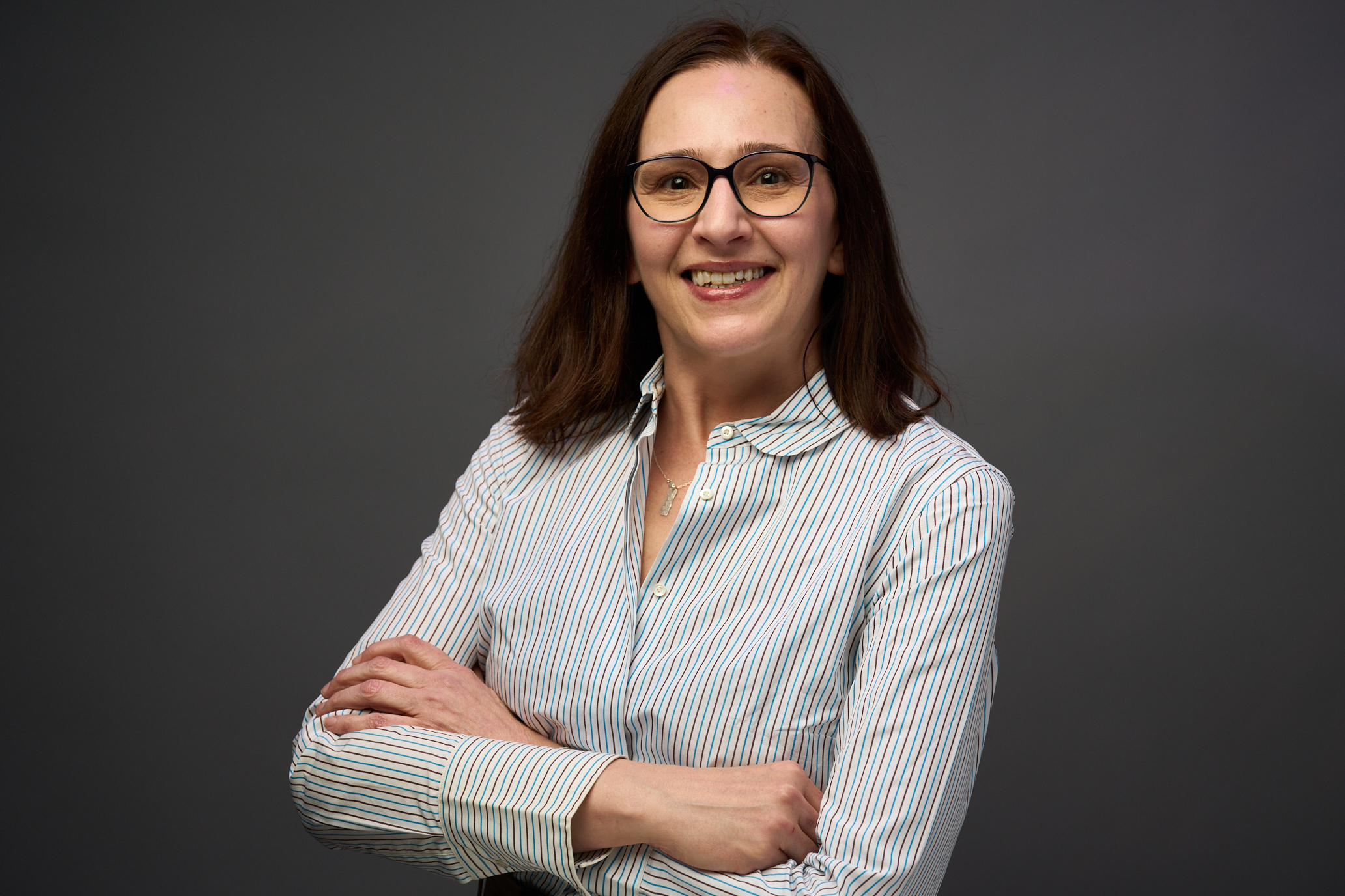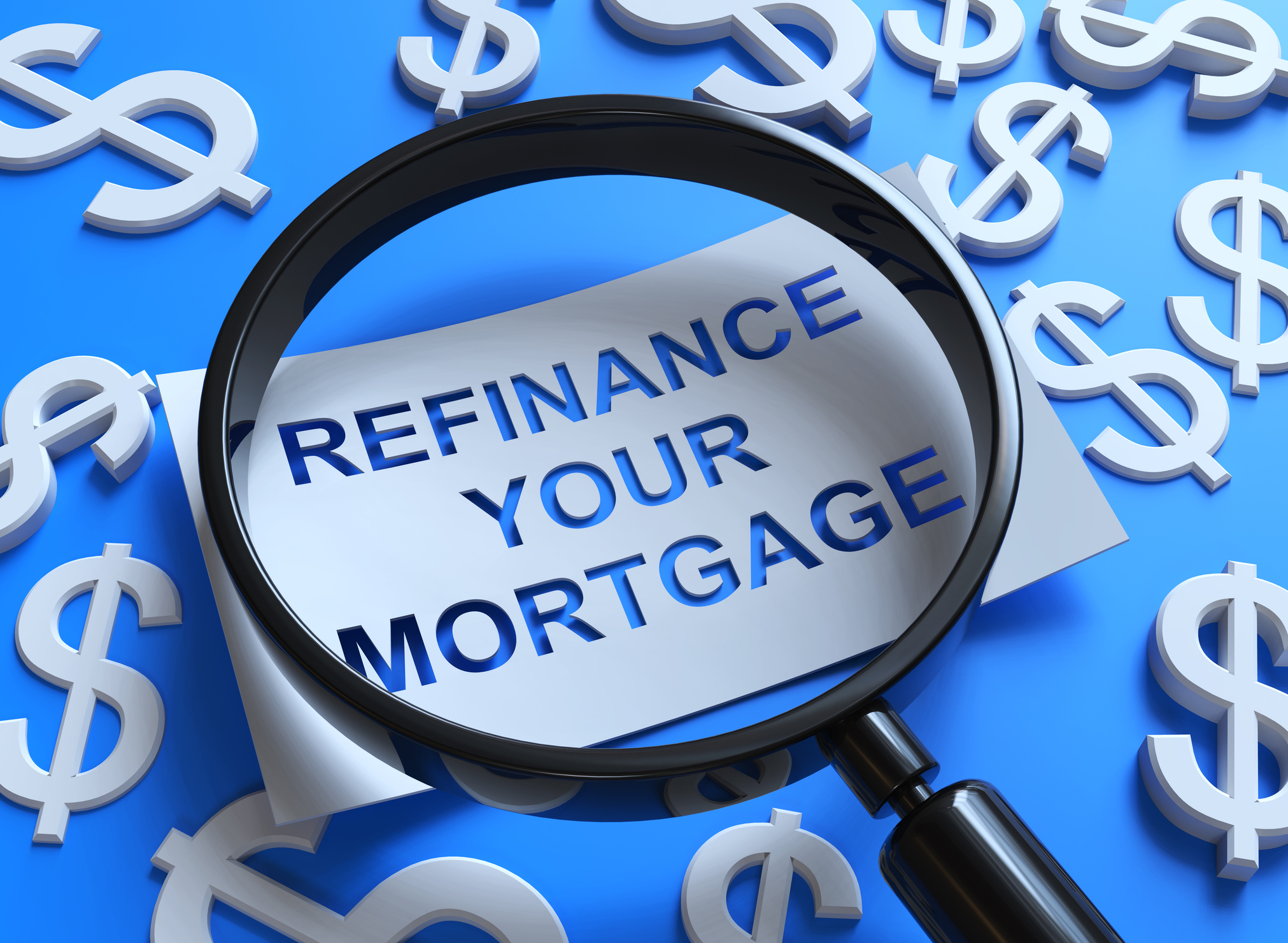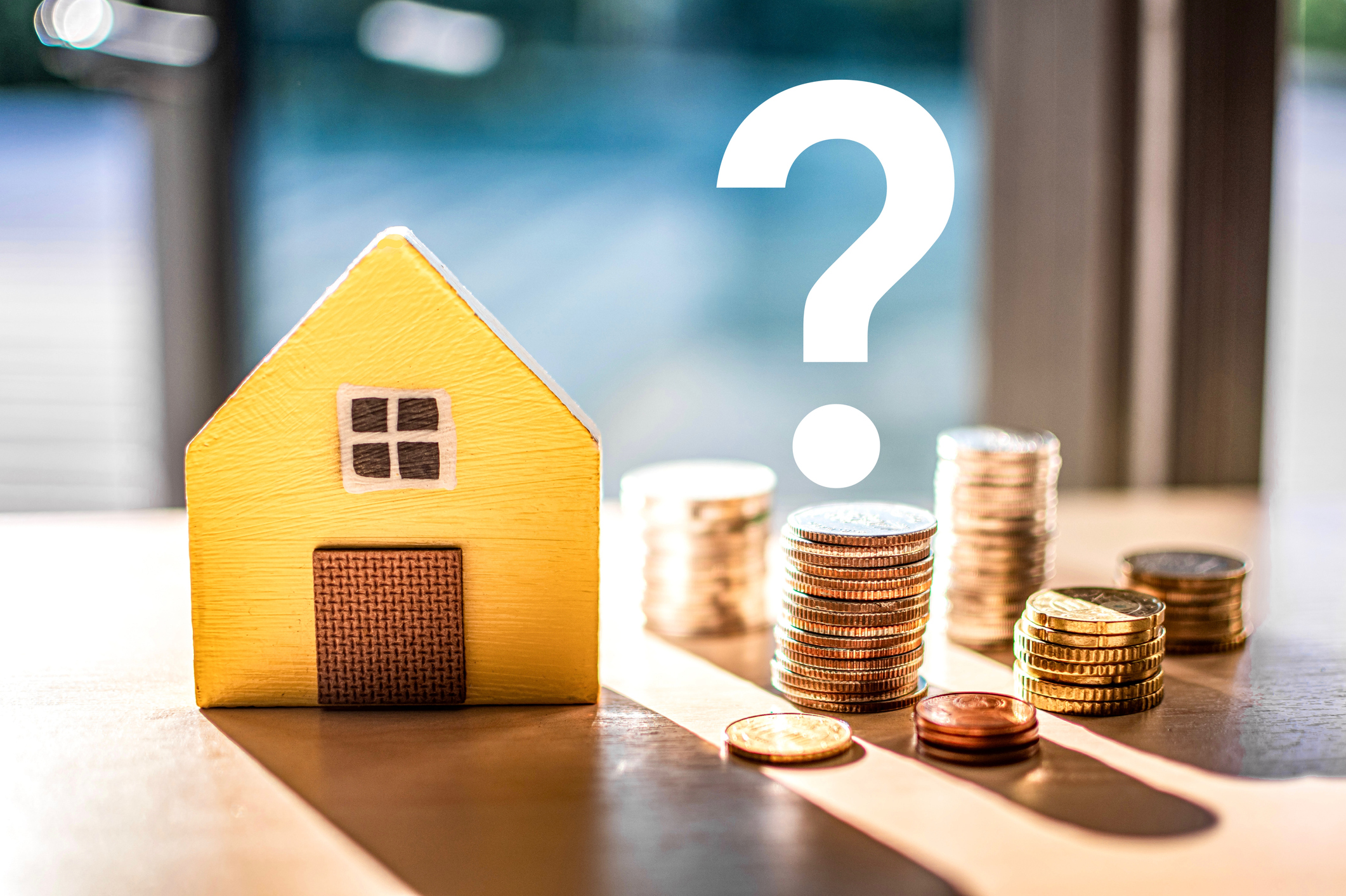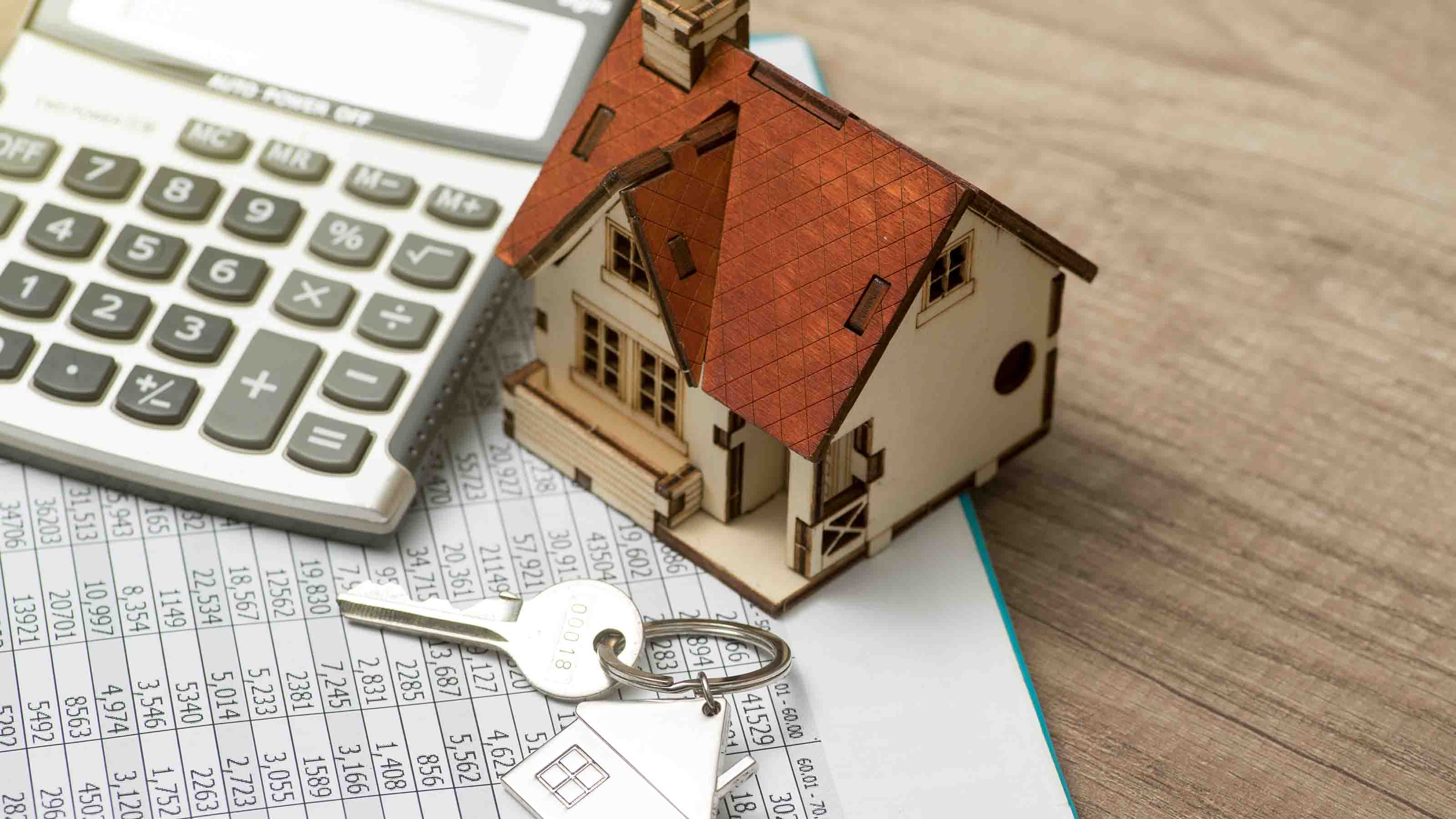Reverse Mortgages: 10 Things You Must Know
Reverse mortgages can be complicated so it’s imperative that you understand how the loan is repaid, the monthly costs and potential scams to look out for.

Jackie Stewart
Get a large wad of cash! Never make a mortgage payment again! Stay in your home as long as you want! Sounds like a great deal, right? Well, for some homeowners 62 and over, a reverse mortgage can be a great deal and the solution to some financial or cash flow problems.
For others, it's more perilous than promising. If you’re considering a reverse mortgage, there’s a lot you need to know before signing on the dotted line. Keep in mind there is no such thing as free money. Even though there are no monthly payments like a mortgage, there are costs associated with a reverse mortgage, interest and fees, that accumulate during the term.
Here’s 10 things you need to know about reverse mortgages.

Sign up for Kiplinger’s Free E-Newsletters
Profit and prosper with the best of expert advice on investing, taxes, retirement, personal finance and more - straight to your e-mail.
Profit and prosper with the best of expert advice - straight to your e-mail.
1. What is a reverse mortgage?
It's a loan on your house that lets you tap your home equity. Like a cash advance, a bank fronts you the money — either as a lump sum, a line of credit or monthly draws — and you have to repay it eventually, with interest.
Unlike a traditional mortgage, you don't have to repay the loan during the term of the reverse mortgage. Instead, you or your estate pay off the principal you borrowed and the accrued interest all at once at the end of the loan. Homeowners must be at least 62 and should either own their house outright or have paid off most of the mortgage.
You retain title and ownership of your house. You are still responsible for paying the property taxes and the costs of insurance and repairs. If you still have a regular mortgage, you either have to pay it off before taking the reverse mortgage or use part of the proceeds from the reverse mortgage to retire it.
The most popular type of reverse mortgage is the Home Equity Conversion Mortgage (HECM), which is insured by the Federal Housing Administration (FHA).
(Private lenders may offer proprietary reverse mortgages but this is a small part of the overall market and these loans aren’t federally insured. Because of that, this article mainly addresses HECMs.)
2. How much can you borrow with a reverse mortgage?
The amount you can borrow, which is called the “initial principal limit,” with a reverse mortgage will depend on several factors, including the age of the youngest borrower and interest rates. The calculation also includes either the appraised value of your home or the HECM mortgage limit, whichever is less.
The HECM mortgage limit for 2025 is $1,209,750, up from $1,149,825 in 2024.
Generally, the older you are, the lower the interest rate and the higher the house value, the more money you'll be able to tap. You won't be able to tap 100% of your equity. The calculation leaves room for accrued interest. Instead, you get a portion of the equity in your home and you pay interest on that.
3. Getting money from the reverse mortgage
You can take a lump sum, open a line of credit to tap whenever you choose or receive monthly payouts (either for a set number of months or for as long as you live in the house). Or you can choose a combination of those options — say, a lump sum for part of the mortgage with the remainder in a line of credit.
A fixed rate is typically only available if you take a lump sum, which could be advantageous to lock in costs for those who want to use all of the money at once. Interest accrues on that amount.
A line of credit or monthly payout comes with an adjustable rate, which can change monthly or yearly. Ideally, you would only take out only the money that you need. You only accrue interest on funds that are dispersed to you so any untapped money won’t rack up interest.
Additionally, the unused portion also grows larger over time, generally at the same rate as the loan's interest rate. Unlike a home equity line of credit, which can be reduced or frozen by a lender, a reverse mortgage line of credit is safe, thanks to mortgage insurance.
4. Non-interest costs of a reverse mortgage
There is an origination fee, which is the greater of $2,500 or 2% of the first $200,000 of your home's value plus 1% of the amount over $200,000. The HECM origination fees are capped at $6,000. You'll also pay closing costs that include an appraisal, title search and insurance, surveys, inspections, recording fees, mortgage taxes and credit checks, which will likely run several thousand dollars.
You must also pay insurance premiums. The FHA insurance guarantees that you will receive your money and that the lender later receives its money. You'll be charged an upfront premium of 2% of the home value, plus an annual 0.5% premium of the mortgage balance.
Finally, the lender may charge a monthly servicing fee of up to $30 if the loan has a fixed interest rate or if it adjusts annually. The servicing fee can be no more than $35 each month for loans with a rate that adjusts monthly. The monthly servicing fee will be added to your loan balance, or the lender can include the servicing fee in the mortgage rate.
It pays to shop around. Fees set by the government won't vary, but some costs, such as the interest rate and the monthly servicing fee, can differ by lender. Compare reverse mortgages from at least three lenders. Lenders will issue you a "total annual loan cost," or TALC, for each option to help you compare costs.
5. Repaying a reverse mortgage
The money does not have to be paid back as long as the homeowner remains in the house and keeps up with taxes, insurance and repairs. Generally, repayment is triggered when the homeowner dies, sells the house or moves out for at least 12 months. If a couple owns the home and one spouse dies, the surviving spouse can stay in the home without having to pay back the loan until he or she dies, sells or moves out for 12 months.
When it’s time to repay the loan, you or your estate will pay the principal you tapped and the accrued interest. Be aware that the interest expense can really accumulate. If you take out the loan in your 60s and stay in your house until your 80s, the interest owed on the loan could be significant. After the loan is paid off, there could be little or no equity left to use, say, for a move to assisted living.
However, HECMs' "non-recourse" feature means you never have to pay back more than the house is worth at the time of sale. If the debt exceeds the sales price, federal mortgage insurance covers the shortfall.
As for taxes, because the reverse mortgage is a loan, the money you receive is not taxable income. But you can't deduct the interest on your tax return each year. In the year the loan is paid off, you or your estate can write off at least part of the interest (see IRS Publication 936, Home Mortgage Interest Deduction).
6. Options for your heirs
For an HECM, your heirs will have 30 days after receiving the due and payable notice from the lender to buy your house, sell it or turn it over to the lender after you pass away. But they could get up to 12 months to secure financing to buy the house or sell it. They would need to work with the lender to get additional time.
To keep the home, your heirs will have to repay the full loan balance of the reverse mortgage or 95% of the home’s appraised value, whichever is less, for a HECM.
7. Refinancing a reverse mortgage
You can refinance an HECM but only in certain circumstances. You have to wait at least 18 months before refinancing. The funds that would be available to you would have to be at least five times the refinancing costs. And the additional cash you would get from the refinance has to equal at least 5% of the new loan’s proposed principal limit.
8. Consumer protections for borrowers
You can back out of the loan within three days of signing the paperwork. This is known as the right of rescission. Notify your lender of your decision in writing by sending a letter through certified mail and ask for a return receipt.
Before you can apply for an HECM, you have to meet with a counselor from a government-approved housing counseling agency. Some private lenders require this as well. Lenders are not permitted to pay this fee for applicants.
The Consumer Financial Protection Bureau has a search option to find a counselor near you. These agencies normally charge a fee, usually around $125, which can be paid for from the loan proceeds. However, you also can’t be turned away because you can’t afford the fee. Homeowners can contact the counseling agency to request a “hardship” approval to pay a reduced fee.
Lenders also have to complete a financial assessment to ensure they will be able to pay their property taxes and homeowners insurance. This is meant to help limit the number of foreclosures that occur.
9. Watch out for high-pressure sales tactics
You should be wary of any unsolicited sales pitches or offers for a reverse mortgage. You should be skeptical if a salesperson pushes you to take out this type of loan or gives you suggestions on how to spend the money from a reverse mortgage. If the person suggests investing the funds in certain financial products, such as long-term care insurance or an annuity, you need to be cautious. Never buy a financial product you don’t fully understand.
Some salespeople for home improvement companies may suggest this type of loan as a way to pay for upgrades. If you think that’s the right decision, be sure to shop around and calculate the costs associated with a reverse mortgage along with the repair expenses to get a clear picture of the overall costs.
10. How to decide if a reverse mortgage is right for you
Start by thinking about what you plan to do with the proceeds. For instance, a reverse mortgage might be a good fit for a senior who wants to age in place, with the loan proceeds paying for home health care, instead of moving to assisted living. Some financial planners recommend a reverse mortgage as a line of credit to cover expenses during market downturns. This strategy, which is known as a “standby reverse mortgage,” allows the borrower to pay for their expenses until their portfolio recovers.
If you need financing to pay for something like a home improvement, another type of loan might be better, such as a home equity line of credit. Be sure to consider all of your options before taking out a reverse mortgage. Consider discussing the option with a trusted family member or financial advisor.
Related Content
Get Kiplinger Today newsletter — free
Profit and prosper with the best of Kiplinger's advice on investing, taxes, retirement, personal finance and much more. Delivered daily. Enter your email in the box and click Sign Me Up.

Donna joined Kiplinger as a personal finance writer in 2023. She spent more than a decade as the contributing editor of J.K.Lasser's Your Income Tax Guide and edited state specific legal treatises at ALM Media. She has shared her expertise as a guest on Bloomberg, CNN, Fox, NPR, CNBC and many other media outlets around the nation. She is a graduate of Brooklyn Law School and the University at Buffalo.
- Jackie StewartSenior Retirement Editor, Kiplinger.com
-
 Stock Market Today: Stocks Struggle Amid Tariff Uncertainty
Stock Market Today: Stocks Struggle Amid Tariff UncertaintyBoeing dropped after China suspended new aircraft orders, while Bank of America and Citi climbed on earnings beats.
By Karee Venema
-
 Starbucks 2025 Dress Code Changes: See the New Look
Starbucks 2025 Dress Code Changes: See the New LookThe 2025 Starbucks dress code change features a uniformed look as part of creating a more familiar and friendly cafe experience.
By Sean Jackson
-
 5 Reasons Millionaires are Renting Instead of Buying
5 Reasons Millionaires are Renting Instead of BuyingHomeownership isn’t for everyone, even millionaires. Discover why wealthy individuals choose to rent instead of buy, from financial flexibility to investment strategies.
By Dori Zinn
-
 Will 2025 Be a Good Year to Sell Your House?
Will 2025 Be a Good Year to Sell Your House?Explore whether 2025 is the right time to sell your home. Learn about trends in mortgage rates, home prices, buyer demographics and economic factors shaping the housing market.
By Carla Ayers
-
 Should You Buy a Vacation Home?
Should You Buy a Vacation Home?If you vacation to a beloved destination again and again, purchasing a home there may be a smart move — but don’t overlook the costs and effort that go into it.
By Emma Patch
-
 First-time Homebuyers Are Older Than Ever, Survey Reveals
First-time Homebuyers Are Older Than Ever, Survey RevealsFirst-time homebuyers are now in their late 30s and jostle with cash-rich buyers in the race to buy a home, new research from the National Association of Realtors has found.
By Charlotte Gorbold
-
 Should You Refinance Your Mortgage Now That the Fed Just Cut Rates?
Should You Refinance Your Mortgage Now That the Fed Just Cut Rates?The Fed just cut rates, so mortgage refinance rates will be cheaper. Should you act now, or wait?
By Donna LeValley
-
 Mortgage Rates Are Falling: 10 Housing Markets That Could Benefit the Most
Mortgage Rates Are Falling: 10 Housing Markets That Could Benefit the MostThese are the top 10 metro areas where the most mortgages are unlocked by lower rates. Plus, the magic number for mortgage rates.
By Erin Bendig
-
 With Mortgage Rates Dipping, Is Now a Good Time to Buy a House?
With Mortgage Rates Dipping, Is Now a Good Time to Buy a House?Pricing pressure, interest rates, and rising unemployment numbers have sidelined homebuyers. But now that the Fed has cut rates, is it a good time to think about getting back into the market?
By Kathryn Pomroy
-
 How Much It Costs to Refinance a Mortgage and Other Questions to Consider
How Much It Costs to Refinance a Mortgage and Other Questions to ConsiderRefinancing a mortgage works by replacing your current mortgage with a new one. It can save you money or let you tap the equity in your home, but it can take time to break even after upfront costs.
By Kathryn Pomroy